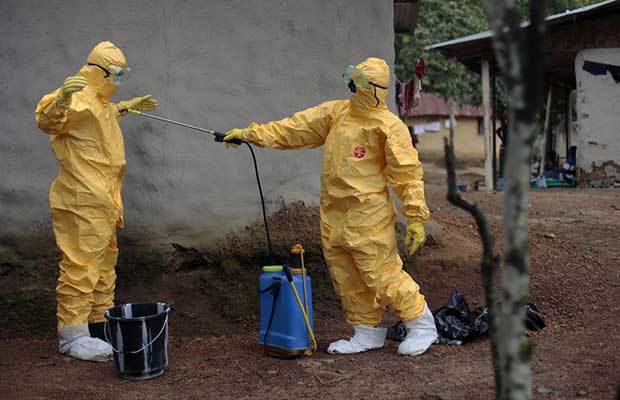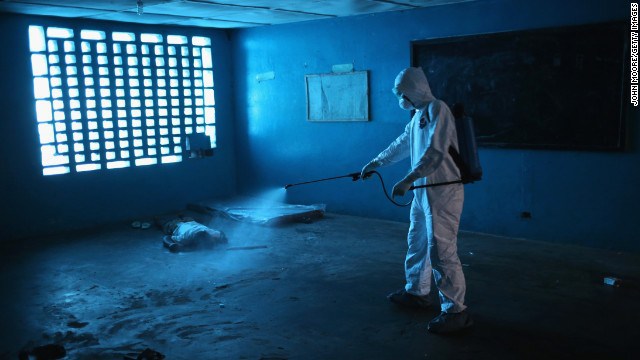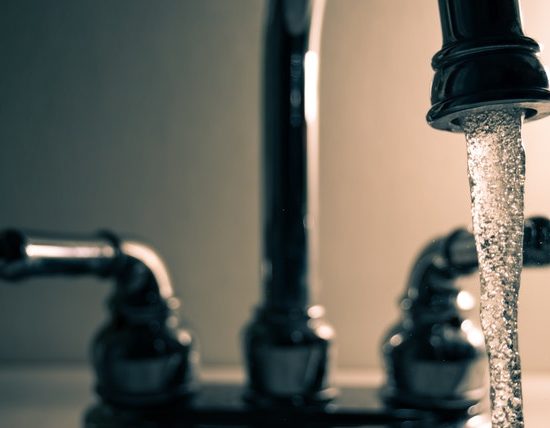
Access to clean water means the difference between life and death in any part of the world. In order to disinfect water preppers usually recommend bleach as part of a broader strategy of stored water, filtration and boiling. Household bleach as long as it isn’t scented is a great method to disinfect water to make is safe for drinking so some people stock up on bleach for just this reason. There is a problem with bleach though in that it has a relatively short shelf life. Bleach will start to lose its potency before a year and that amount of time can be hastened in high heat or freezing conditions.
When asked the question if bleach has a shelf life of one year, the Clorox website states:
The overall answer is yes, but there are a couple of possible caveats. The active ingredient in liquid bleach, sodium hypochlorite, is very sensitive to high heat and freezing, but under normal home storage conditions, it should still perform well for nine to twelve months. So if your storage conditions were either of these, then you will have irreversibly created salt and water.
Calcium Hypochlorite can be used to make your own bleach. When mixed together though you have this shelf life and that is never good when we are thinking of long term prepping plans. There is a simple alternative though and that it to purchase Calcium Hypochlorite and make bleach as you need it. Calcium Hypochlorite has a shelf life of 10 years if stored in a cool dry place.
Calcium Hypochlorite comes as a stand-alone powder or you can purchase bags of pool shock. One thing to be aware of is the main ingredient. Some pool shock says Chlorine-free and uses other chemicals. You don’t want that. Also, you don’t want any other ingredients like antifungals or algaecide so read the label carefully. Alternately, you could just purchase the Calcium Hypochlorite powder and eliminate this possibility. A one-pound bag of pool shock that is 68% Calcium Hypochlorite can make 10,000 gallons of disinfected water.
Along with the capacity to create bleach that can be used as a long term stable source of treating your water, bleach is also very effective at killing viruses. We use this to kill viruses in our water and it is just as effective at killing Ebola so a plan for storing Calcium Hypochlorite is wise on two counts.
Ebola and Bleach
A reader Matt sent this link to a Public Health Agency of Canada article on Ebola and in the section under Section IV Stability and Viability it mentions the following:
“SUSCEPTIBILITY TO DISINFECTANTS: Ebolavirus is susceptible to 3% acetic acid, 1% glutaraldehyde, alcohol-based products, and dilutions (1:10-1:100 for ≥10 minutes) of 5.25% household bleach (sodium hypochlorite), and calcium hypochlorite (bleach powder). The WHO recommendations for cleaning up spills of blood or body fluids suggest flooding the area with a 1:10 dilutions of 5.25% household bleach for 10 minutes for surfaces that can tolerate stronger bleach solutions (e.g., cement, metal) . For surfaces that may corrode or discolor, they recommend careful cleaning to remove visible stains followed by contact with a 1:100 dilution of 5.25% household bleach for more than 10 minutes.”
Essentially bleach kills Ebola and if you need to clean up any spills or body fluids a higher concentration of bleach should be used. Prepping for virus outbreaks might have seemed crazy just a few weeks ago but now the information in the news makes this more possible and if you are already prepared to make your own bleach by having a stable supply of Calcium Hypochlorite, you will additionally be prepared to disinfect Ebola and potentially save lives. I am not going to suggest having bleach will save anyone, but it can help.
A worker disinfects a deceased Ebola patient.
How to make bleach
The Calcium Hypochlorite powder is used in two strengths according to what you need to disinfect. The 1:10 bleach solution is a strong solution used to disinfect bodies and fluids. A lighter mixture of 1 to 100 is used to disinfect water or to clean surfaces, medical equipment, bedding, protective equipment like gloves and clothing.
You use the 1:10 solution to make the 1:100 solutions. The 1:10 bleach is very caustic so you want to be very careful about handling this.
In terms of Ebola disinfection, a publication from the World Health Organization says that Bleach solutions must be prepared daily because they lose their strength after 24 hours.
To prepare the bleach solution you would use one heaping tablespoon of Calcium Hypochlorite for every two gallons of water. This will give you bleach essentially and would be your 1:10 mixture for hardcore disinfection. DO NOT DRINK THIS
To dilute this to your 1:100 mixture you could add your gallon of bleach (1:10) above to 100 gallons of water, but this isn’t practical usually.
To disinfect water you would add eight drops of your 1:10 bleach solution to one gallon of water. Let this sit for 30 minutes. If the water is still cloudy you can run this through a coffee filter (should have done this first) or add more bleach a couple of drops at a time and let it sit for 30 more minutes.





















